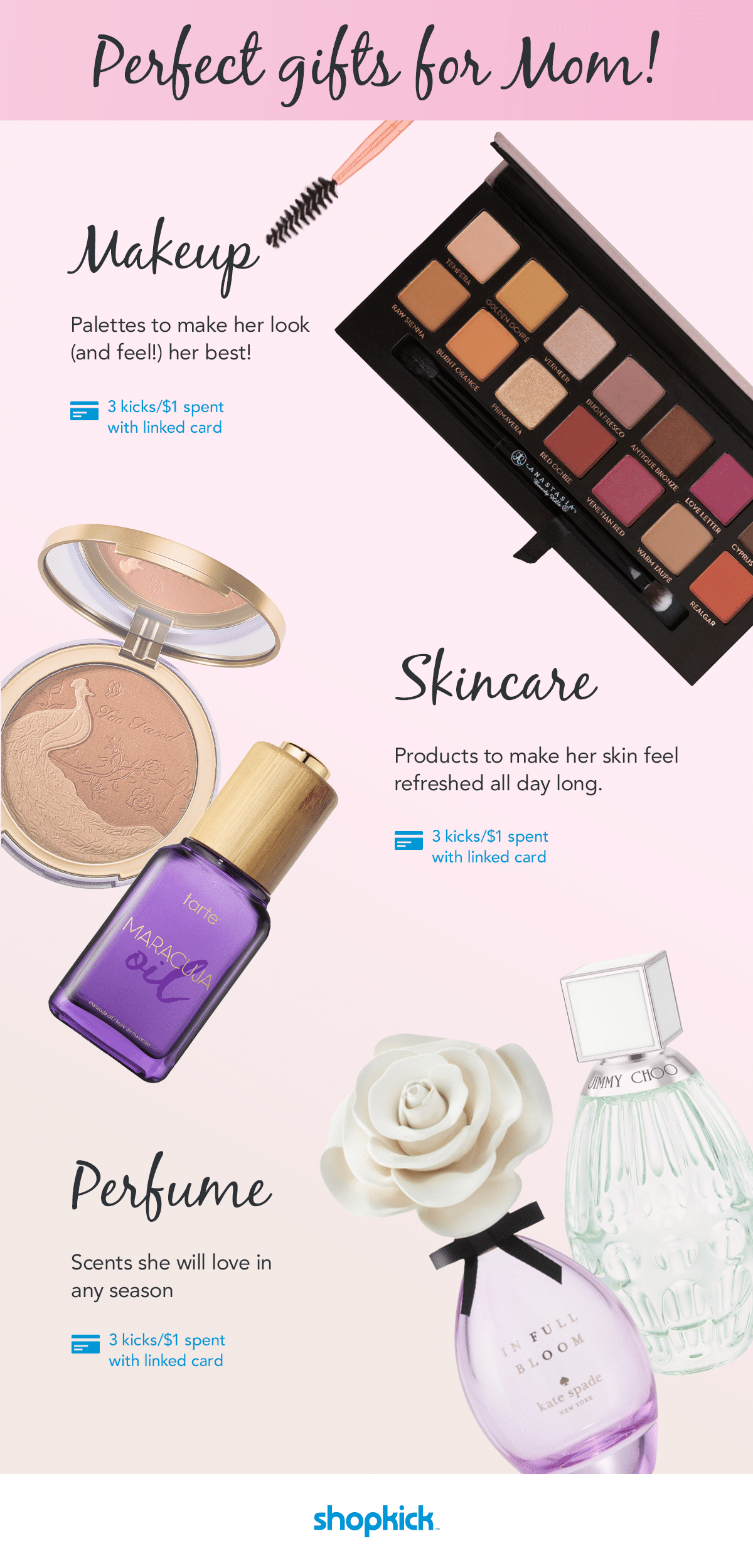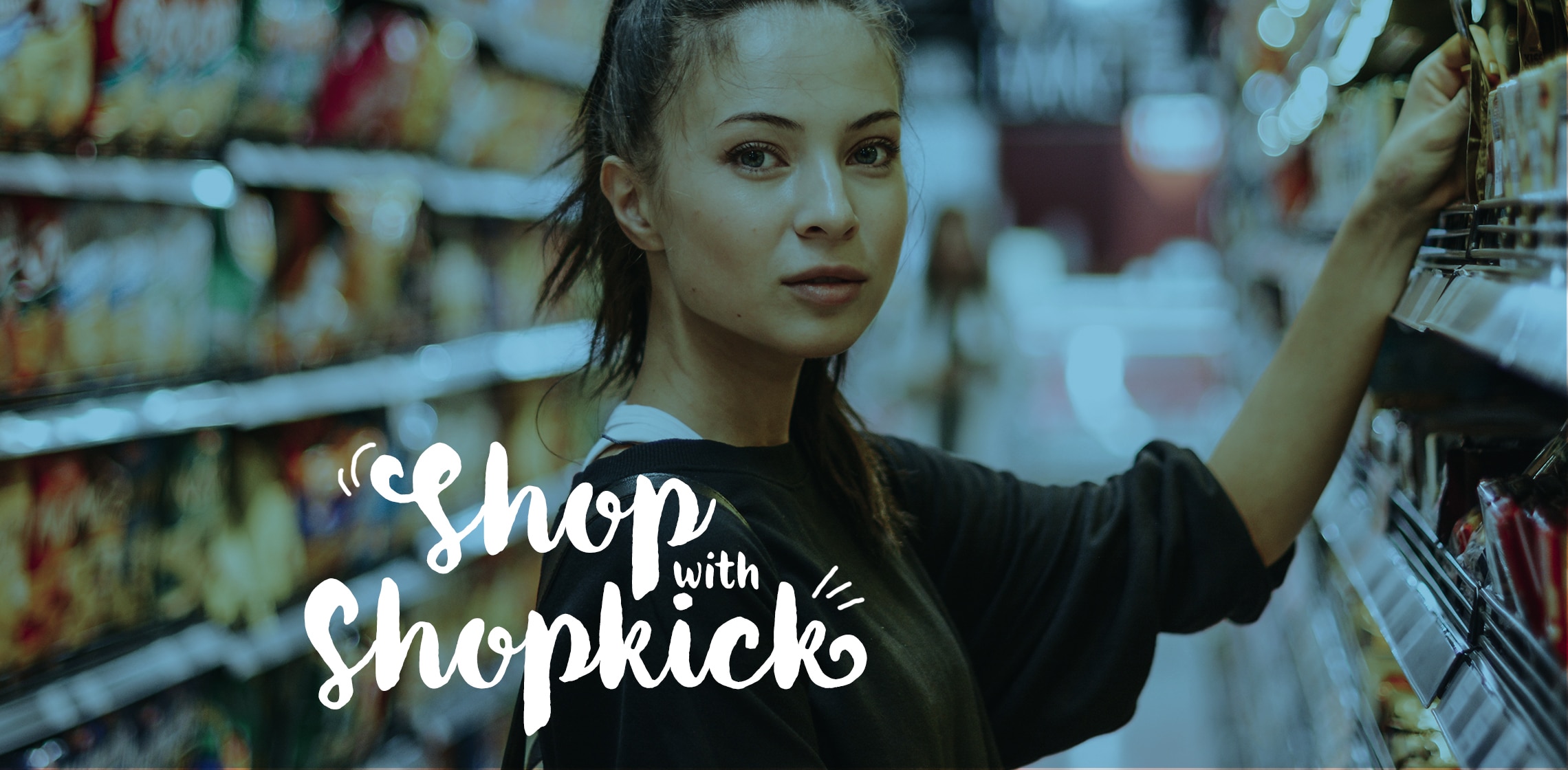Artificial intelligence is being used by marketers in new ways and strengthening customer engagement is one of them. Continue reading “How AI is reshaping customer engagement”
Author: Kick Writers
Why CPG brands should explore creative ways to attract customers
When it comes to creative ways to attract customers, CPG brands should consider how mobile apps can improve their business models. Continue reading “Why CPG brands should explore creative ways to attract customers”
A marketer’s guide to programmatic advertising
3 types of product positioning strategies and how to best leverage them
As gaining shelf space becomes more competitive for brands, marketers should be looking into leveraging one of the various types of product positioning strategies. Continue reading “3 types of product positioning strategies and how to best leverage them”
Three Ways Shopkick Can Replace Walmart Savings Catcher
The older I get, the more I cherish the moments I spend with my girlfriends. Whether we’re navigating city life, adjusting to the suburbs, or juggling unique life stages, our bond remains strong. When we get together, conversations flow naturally — from career ambitions to personal passions, family life, and, of course, clever ways to save money.
On one recent evening, our discussion turned to shopping. We swapped stories about our favorite stores, and Walmart quickly became the unanimous favorite. This naturally segued into a conversation about Walmart’s decision to end its Savings Catcher program — a move that disappointed many of us.
For years, Savings Catcher had been a reliable way to save. Some of my friends had accumulated hundreds of dollars by submitting receipts and receiving price-match refunds. These savings were used for everything from vacations to holiday gifts, making the program’s end all the more disheartening.
I shared three easy ways my friends could start using Shopkick, and now I’m eager to share them with you. If you’re looking for an app that makes saving fun and straightforward, this could be your next favorite tool!
1. Earn Kicks Without Making Purchases:
Why limit savings to price comparisons? With Shopkick, earning rewards is effortless. Open the app as you walk into a store, and kicks are yours. Browse and scan items (Walmart included) or explore videos and lookbooks at home to continue earning. While purchases fast-track gift cards, Shopkick makes saving possible even when you’re not spending. Every step, scan, or tap brings you closer to rewards. Discover a simpler, more rewarding way to save.
2. Convenience Meets Shopping Everywhere:
Savings Catcher was limited to Walmart’s website and stores, giving you few opportunities to save elsewhere. In contrast, Shopkick allows you to earn kicks at a range of retailers, both online and in-store. Some stores let you collect kicks by walking in, scanning items, or submitting receipts, while others reward purchases made with a credit card linked to your Shopkick account. Unlike Savings Catcher, which required price comparisons, Shopkick offers effortless savings at numerous retailers you already shop at, making it a more practical and flexible option.
3. Unlock Gift Cards with Kicks:
My friends were frustrated about losing one of their favorite savings strategies, so I told them about Shopkick. It’s simple: collect kicks and turn them into rewards. In fact, with only 1250 kicks — which I’ve earned during one busy day — you can get a gift card for Starbucks, Walmart, Target, Amazon, and more. Whether you use these cards to enjoy a treat, budget for a vacation, or grab holiday gifts, Shopkick offers diverse ways to earn and save. Unlike Savings Catcher, it keeps things exciting and versatile for smart shopping.
My group of friends joined Shopkick during a fun night together, and I saw how easy it was to get started. Savings Catcher users, transition to Shopkick today and save money while earning rewards like gift cards for your purchases!
Customer retention marketing: 3 ways to maintain customer loyalty
In our customer-centered economy, where competitors would gladly engage with those your business has overlooked, customer retention is more important than ever before. Continue reading “Customer retention marketing: 3 ways to maintain customer loyalty”
Shop with Shopkick
We always share our favorite finds in lookbooks, which you can find on the Discover page of the app! But, we’ve decided we want to share them outside of the app, which is why we’re thrilled to share what we’re shopping on our blog too. Just like you check the app often to discover new products and stores, make sure you visit the blog too for additional links. Now, let’s shop!
Mother’s Day:

Mother’s Day is on Sunday, May 12, so it’s time to find the perfect gift for mom. We’ve rounded up skincare, hair care, perfume, and makeup products we think she will love. Make your mom’s beauty shine!
What to include in your product awareness campaign
The elements of a product awareness campaign should tie in the what, where, and when of a new product release. Continue reading “What to include in your product awareness campaign”
Top Five Mother’s Day Deals
Aren’t moms the best? I think so too! I count down until Mother’s Day every year, and my plans always change slightly. Whether my mom and I set aside time to go to brunch, share a meal with a larger group of family, spend the afternoon reading in her backyard, or plan a complete experience to enjoy, the key thing is we almost always plan something we can do together.
Even if we have something in mind to share together, I typically purchase a little something extra too. So, whether you’re seeing your favorite ladies in person or hoping to send something straight to her door, there is still time to shop and prep before Sunday, May 12.
Today, I thought I would share how you can shop for Mother’s Day and earn big kicks through Shopkick’s Countdown to Mother’s Day! Gift ideas, retailers, and the specifics are all below for you. So, let’s get our Mother’s Day gift on!
LOFT:
Up her style with a gift from LOFT! My mom and I are known for our online shopping, so we were both thrilled when LOFT was announced as a new Shopkick partner. I would describe my style as preppy and feminine, while my mom’s style is more classic and casual. Without fail, we always find something we have to have from LOFT. They have an excellent selection of shorts and t-shirts perfect for summer, their Lou & Grey line is a must-experience, and we’re both fans of their dresses for everyday and events. It’s impossible to go wrong with anything from LOFT!
Nike:
Encourage her fitness journey! Nike has some of the best gear for working out, and you can earn BIG KICKS right now when you shop for Mother’s Day gifts. The warmest months of the year are quickly approaching, so push her to spend more time working out outside with a new pair of sneakers. Add to her workout gear with new athleisure pieces because few things make you feel motivated to work out quite like a new outfit. Whatever you choose, you will be helping her to meet her fitness goals!
Sam’s Club:
Say “thank you” with essentials! Sometimes the best gift is the feeling of receiving items you truly need. Sam’s Club has nearly everything you could ever need for day-to-day life, thanks to their wide selection of products. Purchase groceries in bulk, outfit her backyard with new furniture, treat her to new beauty products, make her feel loved with jewelry, and so much more. With Shopkick, Sam’s Club is about to feel like your one stop shop for Mother’s Day!
QVC:
Treat her to luxury! QVC is known for their wide assortment of brands and products, and you may be surprised by the sheer volume of brand name pieces you will discover on their site. Think about her wishlist, then pop over to QVC’s site from your Shopkick app. While you’re there, you will discover plenty of ideas from luggage for summer travel to jewelry and bedding.
1800Flowers:
Send her flowers! Moms love receiving flowers, especially when they’re chosen by you. Shop for a bouquet for your favorite lady on 1800Flowers from your Shopkick app and earn kicks! Gifting blooms has never felt better.
Stay tuned for more deals to drop over the next few days. Rumor has it that kicks will be dropping from Sephora, SeatGeek, and Groupon soon! And, a note to all moms – You are loved.
Make sure to download Shopkick for free, and join us on Facebook, Twitter, and Instagram for more shopping inspiration!
How to increase sales without lowering price
There’s nothing wrong with offering a deal on your product; especially since shoppers are always on the hunt for a bargain. Continue reading “How to increase sales without lowering price”
5 Foundations for Inspiring Loyalty From the Modern Consumer
The way that consumers shop has changed significantly over the past decade, but many brands and retailers have failed to create loyalty programs that evolve with the CPG landscape and its savvy consumers. In fact, more than half of the customers that signed up for loyalty programs aren’t even using them. Continue reading “5 Foundations for Inspiring Loyalty From the Modern Consumer”
Extended reach: 3 effective mobile marketing strategies
CPG brands must be able to effectively utilize mobile marketing strategies to connect with consumers in the store and online. Continue reading “Extended reach: 3 effective mobile marketing strategies”












